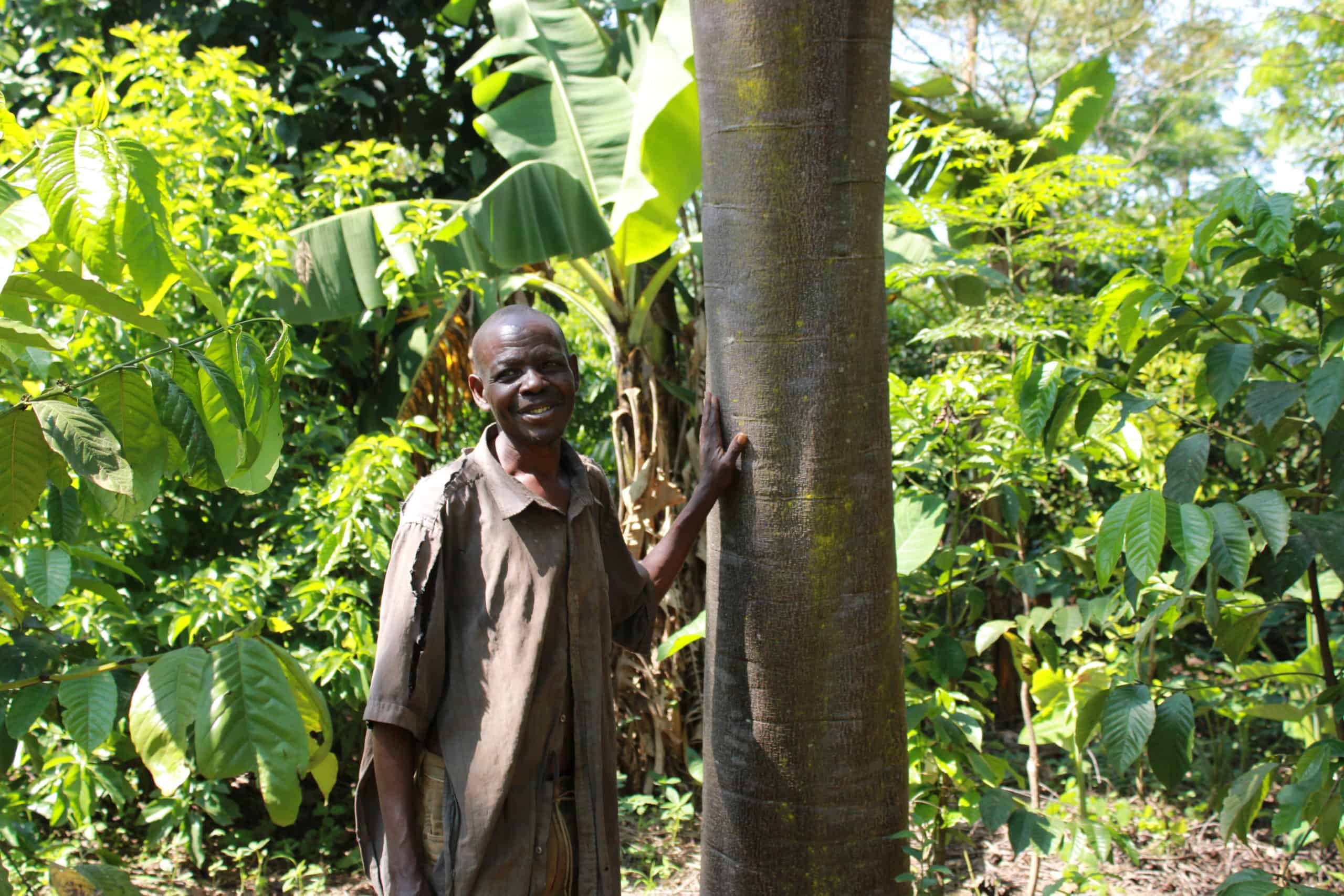When Thomas Wesonga joined an agroforestry training program seven years ago, he had no idea he would be using the knowledge for the rest of his life.
Thomas and 300+ other farmers in Busia, Uganda signed up for Trees for the Future’s (TREES) Forest Garden training program in 2015. The Forest Garden Approach encourages farmers to use agroforestry and sustainable farming practices to restore their land and achieve regular harvests, meals, and paydays.
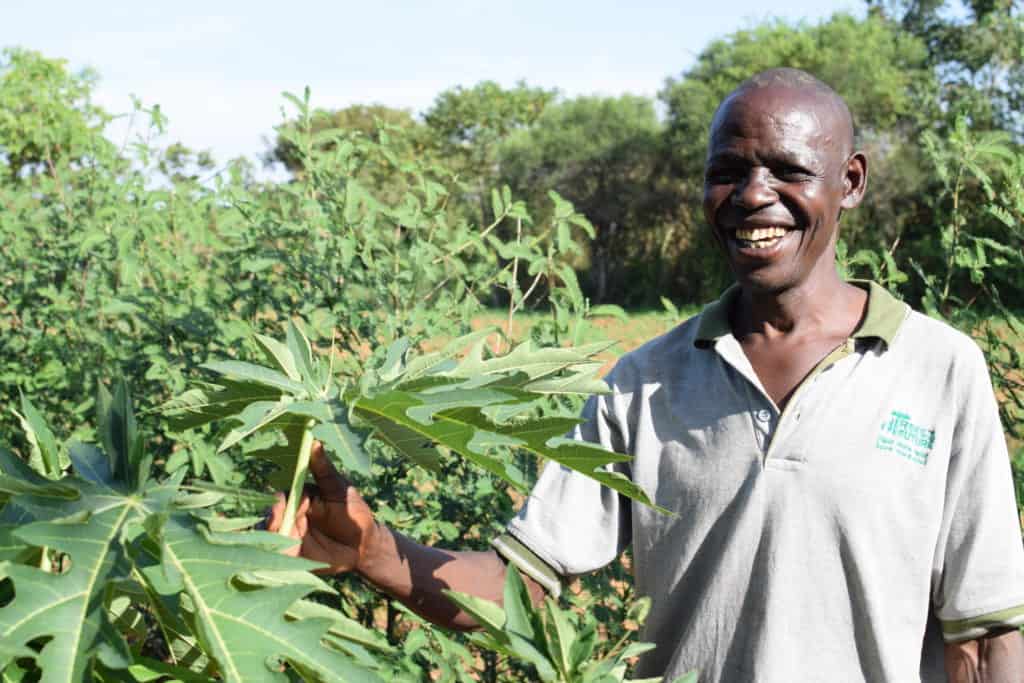
Thomas and his fellow program participants were the first farmers from Busia to join the TREES program.
“Our goal is to provide farmers with the knowledge and resources they need to thrive on their land,” says TREES Director of Programs Brandy Lellou. “We have local staff across sub-Saharan Africa regularly identifying farming communities who would benefit from our training program. Busia is a region that the Ugandan team identified for its exposure to high poverty rates, access to water and farmer interest, the low number of non-government organizations working there, and it falls under the trade corridor as it borders Kenya.”
Over the next few years, staff taught Thomas and his fellow farmers how to embrace sustainable agroforestry practices. They learned how to restore and protect their land, establish tree nurseries, diversify their crops, replace harmful and expensive chemicals with natural remedies, and improve their yields.
Seven years after joining the project, Thomas can still point to the long-lasting benefits of his training. He recalls receiving amaranth seeds during the project.
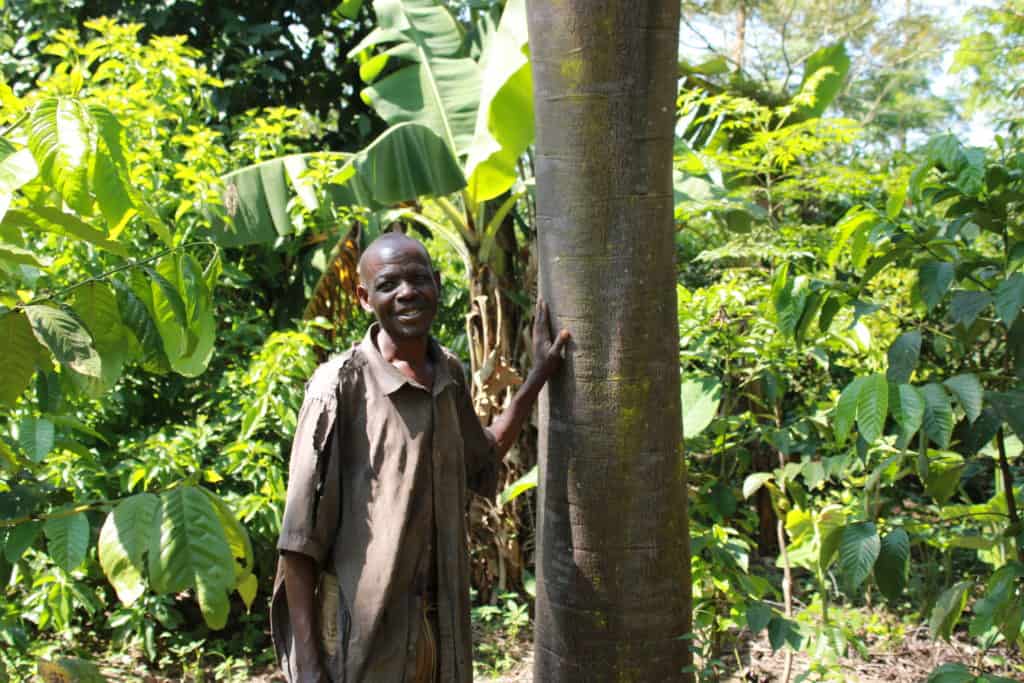
“I still plant it in my garden every season. I sell some and we also eat it at home. From the sales, I pay school fees for my children, and we use the balance to look after the home,” Thomas says. “Even now, I have some five kilograms of amaranth seeds at home that I harvested in July. I sell them to fellow farmers and in the market,” he adds.
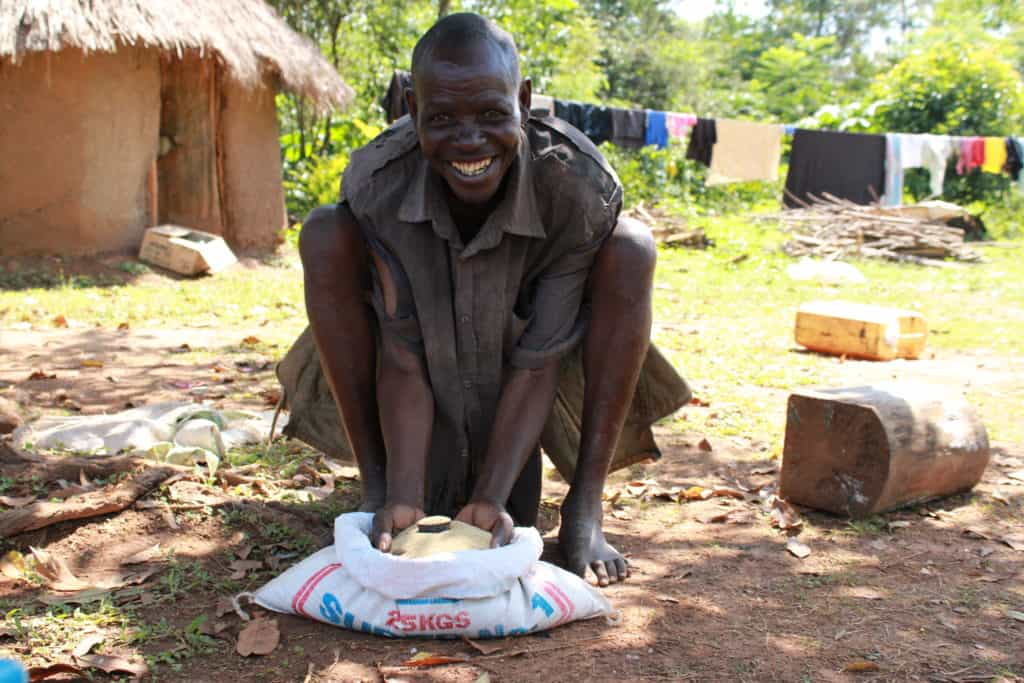
In 2015, Thomas had about 550 trees growing on his land and three crops to sell throughout the year. By the end of the program, he had 3,740 trees in his Forest Garden and more than a dozen marketable products.
Busia Farmers Today
Today, the TREES team works with more than 5,000 farming families in Busia and Mount Elgon.
The response from farmers in the area has been tremendous with the majority adopting the Forest Garden Approach and performing well in their first year.
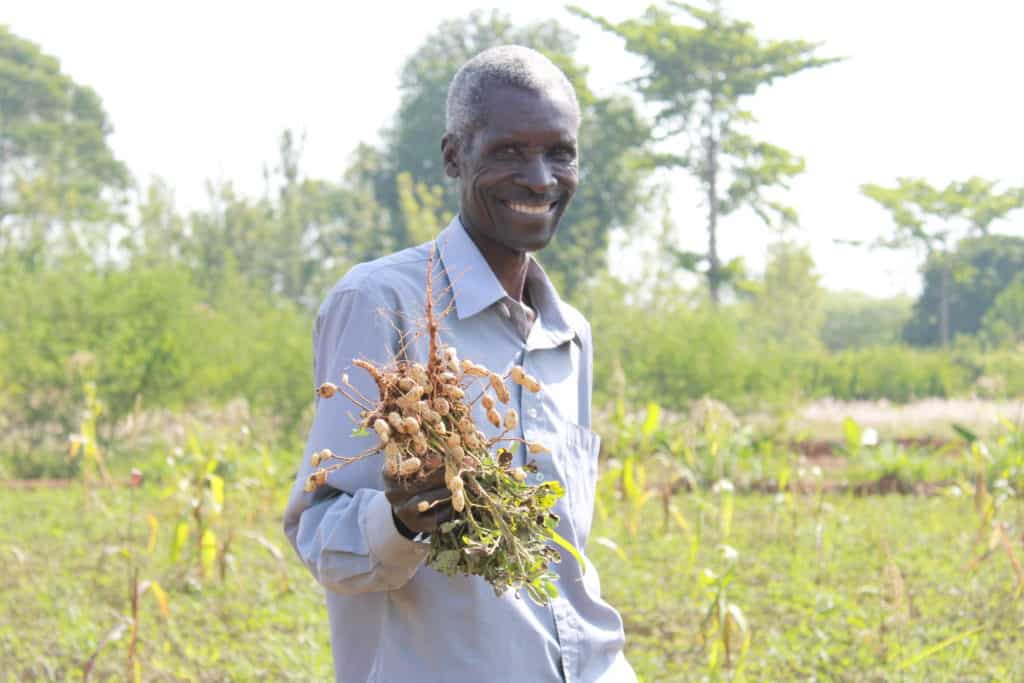
Many of these farmers have embraced the new techniques and incorporated them in their gardens which is bringing about a big difference to their land. Improved yields and soil quality are some of the major benefits TREES farmers enjoy from the training.
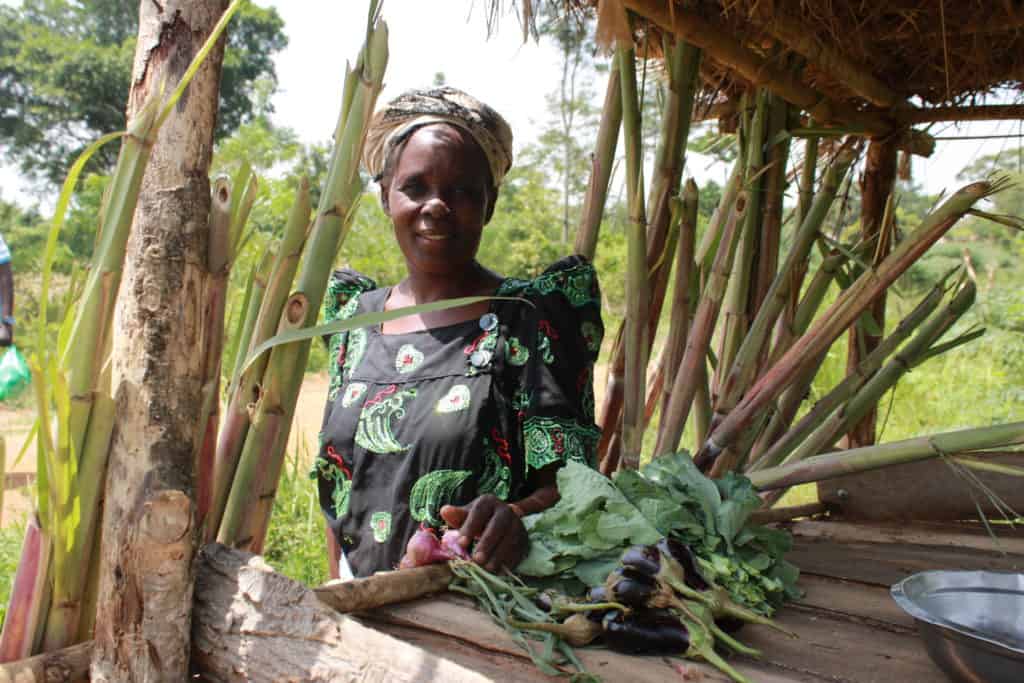
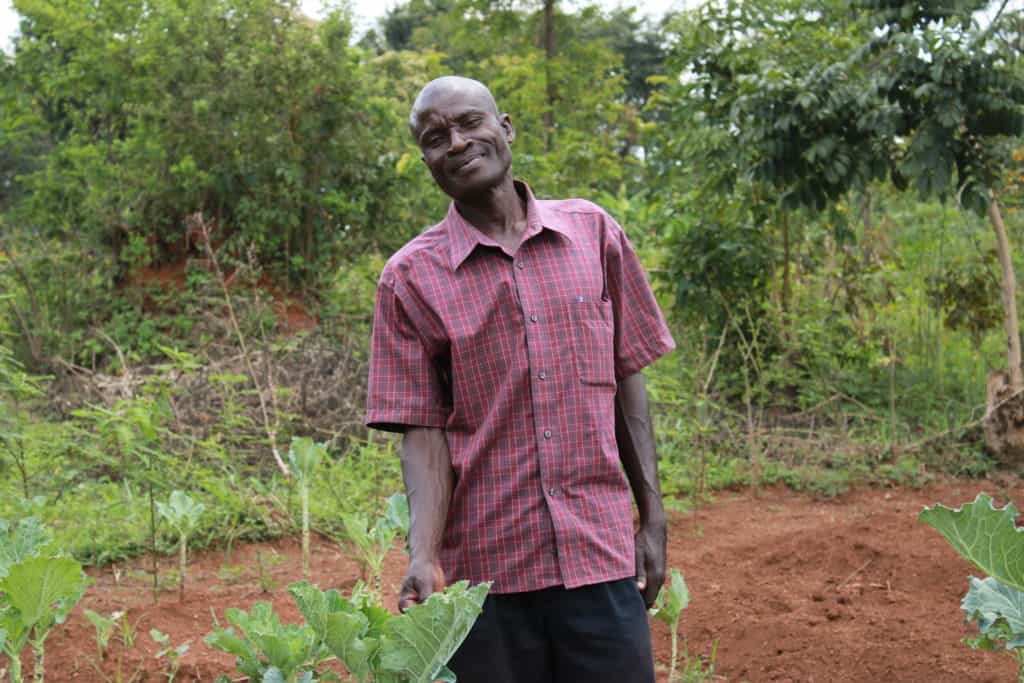
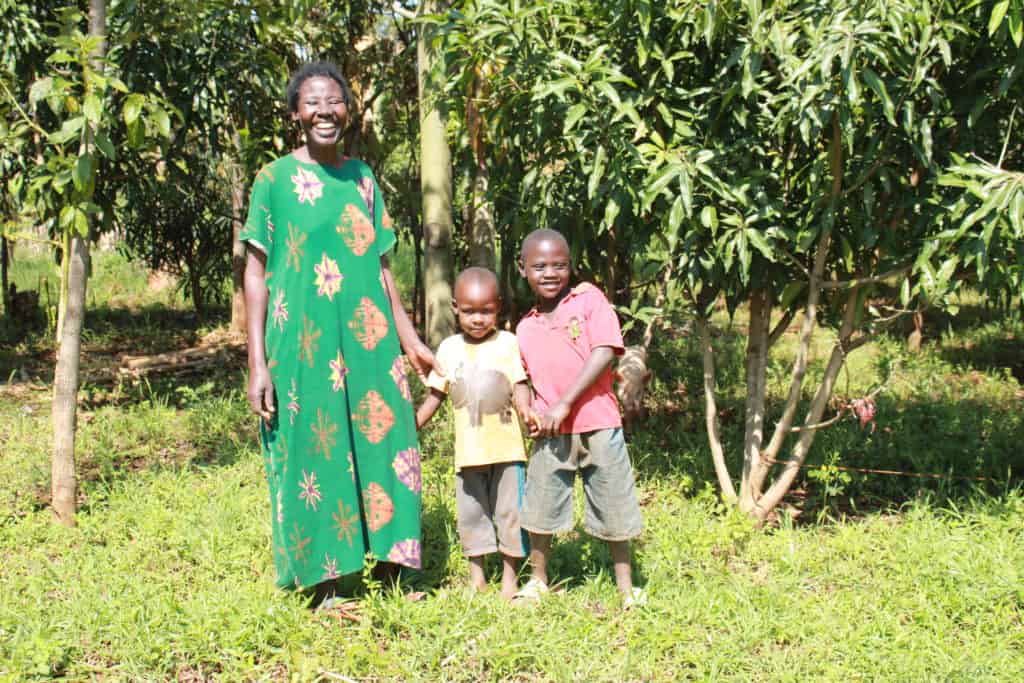
The future looks bright for the fledgling Forest Gardens in Busia… Especially if Thomas’ success is any indication of what’s to come! At 60 years old, he’s an expert in Forest Gardening and comfortably providing for his family of 12. The trees in his Forest Garden have stood the test of time and add value to his land and livelihood day after day.
